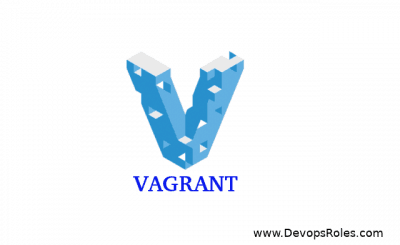Table of Contents1 Introduction2 What are Cilium and Calico?3 Benefits of Using Cilium4 Benefits of Using Calico5 How to configure…
DevOps Blog – Latest DevOps Articles and Tutorials
Kubernetes Service Accounts: Step-by-Step Guide to Secure Pod Deployments
Table of Contents1 Introduction2 What are Kubernetes Service Accounts?3 Key Features of Service Accounts4 Creating and Using Service Accounts4.1 Step-by-Step…
Understanding Static Pods in Kubernetes: A Comprehensive Guide
Table of Contents1 Introduction2 What are Static Pods in Kubernetes?3 Key Characteristics of Static Pods4 Creating Static Pods4.1 Step-by-Step Guide…
Using Helm Kubernetes Application Deployment
Table of Contents1 Introduction2 What is Helm Kubernetes?3 Key Features of Helm4 Getting Started with Helm4.1 Installing Helm4.2 Adding a…
Using Kustomize Kubernetes Configuration Management
Table of Contents1 Introduction2 What is Kustomize Kubernetes?3 Key Features of Kustomize4 Getting Started with Kustomize4.1 Base Configuration4.2 Overlay Configuration4.3…
What Happens When a Worker Node Doesn’t Have Enough Resources in Kubernetes?
Table of Contents1 Introduction2 Understanding Worker Nodes3 What Happens When a Worker Node Doesn’t Have Enough Resources in Kubernetes?4 Mitigating…
How to Add second drive in Vagrant
Table of Contents1 Introduction2 Why Add a Second Drive in Vagrant?3 Prerequisites4 Step-by-Step Guide to Add Second drive in Vagrant4.1…
LoadBalancer vs ClusterIP vs NodePort in Kubernetes: Understanding Service Types
Table of Contents1 Introduction2 What is a Kubernetes Service?3 ClusterIP3.1 Use Cases for ClusterIP3.2 Creating a ClusterIP Service4 NodePort4.1 Use…
ElastiCache for Redis
Table of Contents1 Introduction2 Prerequisites3 Memcached tutorial3.1 Creating a Redis cluster with AWS CLI3.2 Modifying a Redis cluster with AWS CLI3.3 Viewing…
Kubernetes Scaling Pods for Optimal Performance and Efficiency
Table of Contents1 Introduction2 Understanding Pod Scaling in Kubernetes3 Types of Pod Scaling4 Manual Scaling4.1 Step-by-Step Guide to Manual Scaling5…


